THE STEYR SOLOTHURN MODEL 30
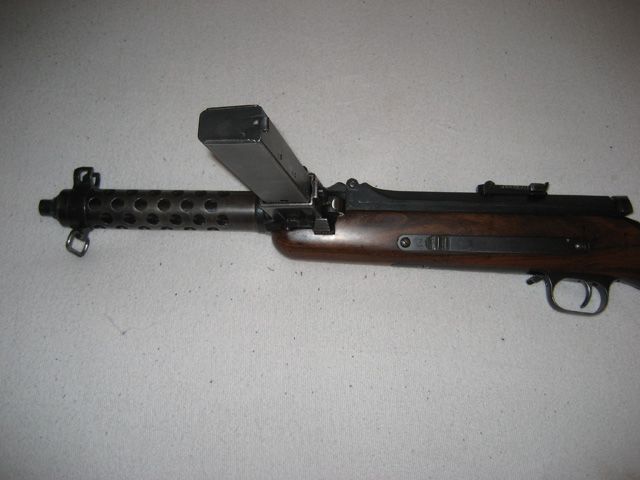
This weapon was manufactured by the Steyr Daimler Puch, located in Steyr Austria. This was the same plant that produced the well known Krag Jorgensen rifle licensed by the Kongeberg Armory in Norway. The license holder was Solothurn and all models were produced at the Steyr plant in Austria. The weapon was offered to the world marked thorugh the joint venture company Steyr Solothurn. the headquarters of this firm was in another country. It was placed in Switzerland in the city of Zurich.
As it was the first model produced it is also unique to the other models produced.
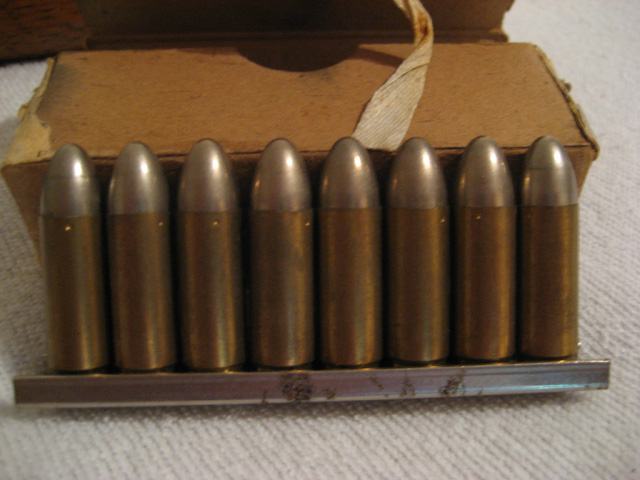

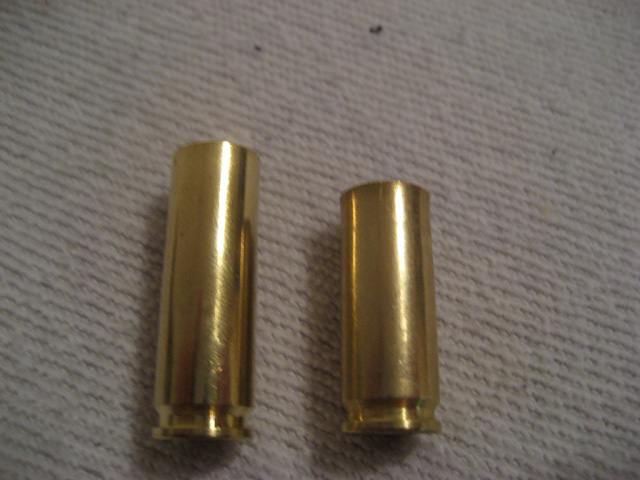
The picture shows a 9mm winmag case to the left and a shortened version at the right.
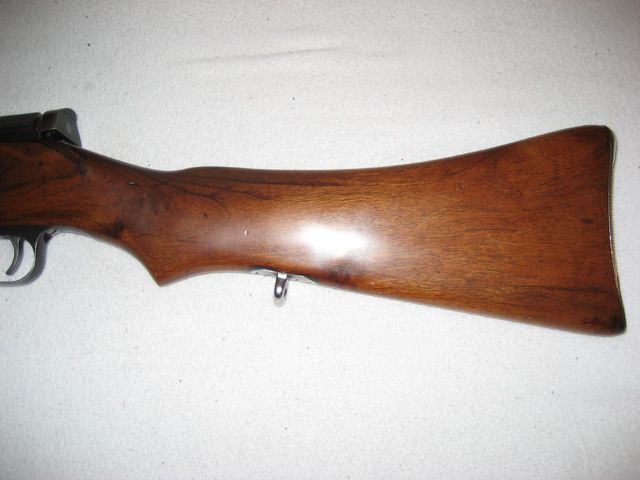

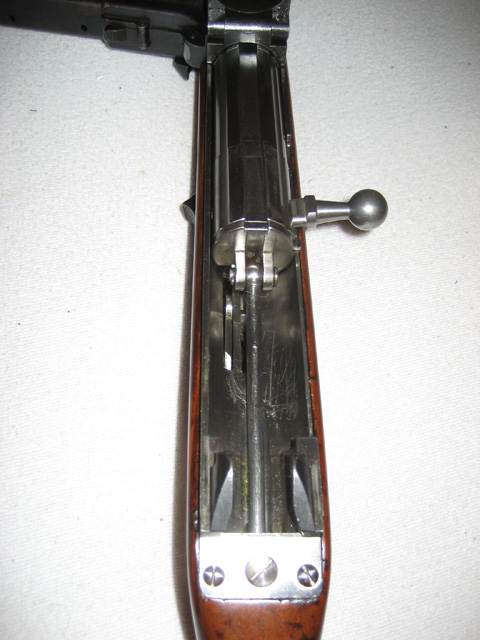

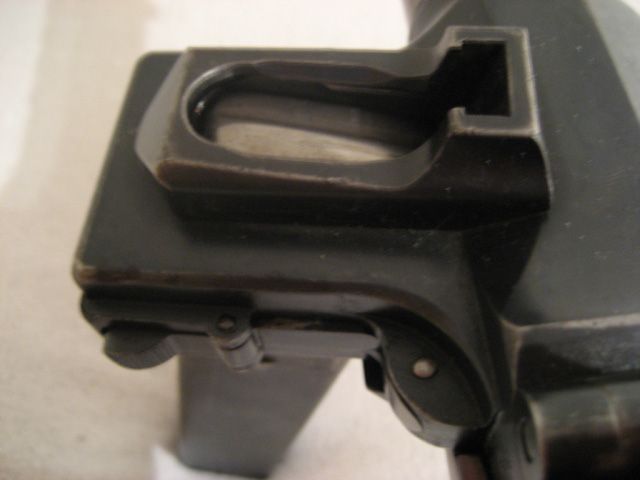


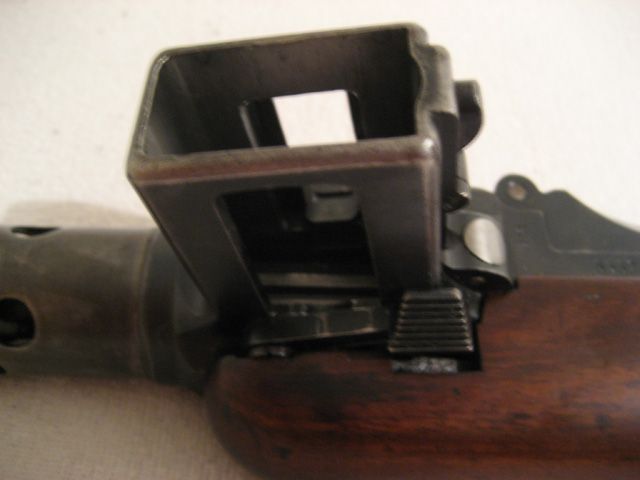
All in all this is a very wellmade weapon with a far better firepower than the MP40 using the regular 9mm parabellum. More information on reloading and making cases in 9x35mm export will be published.